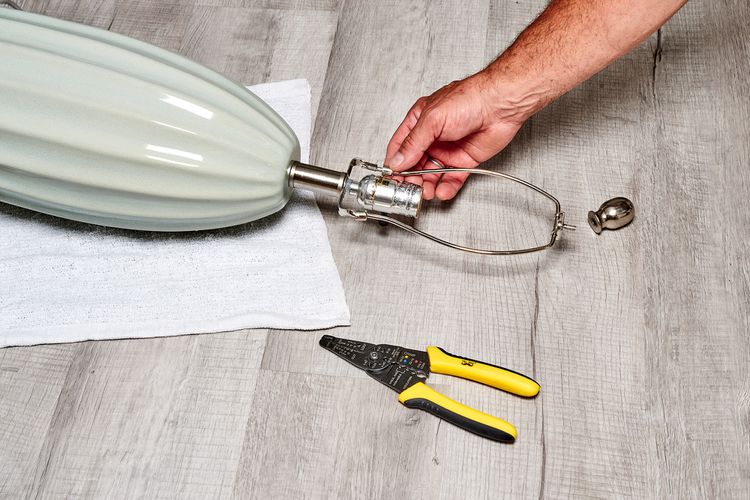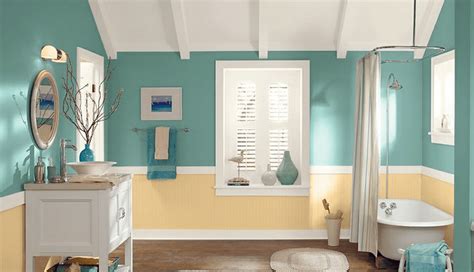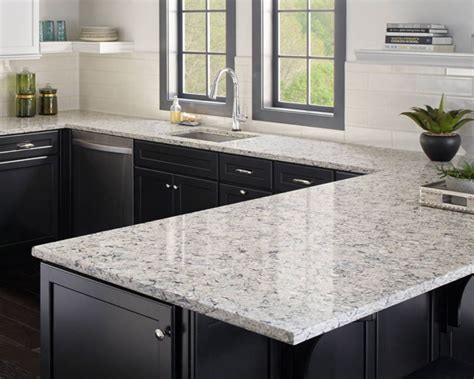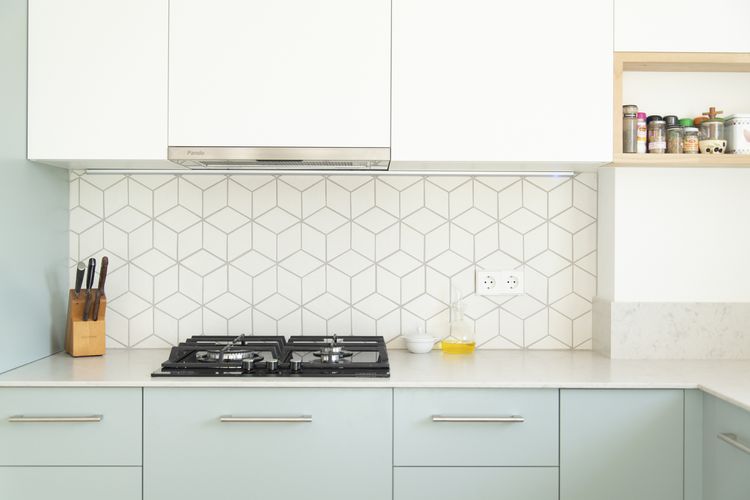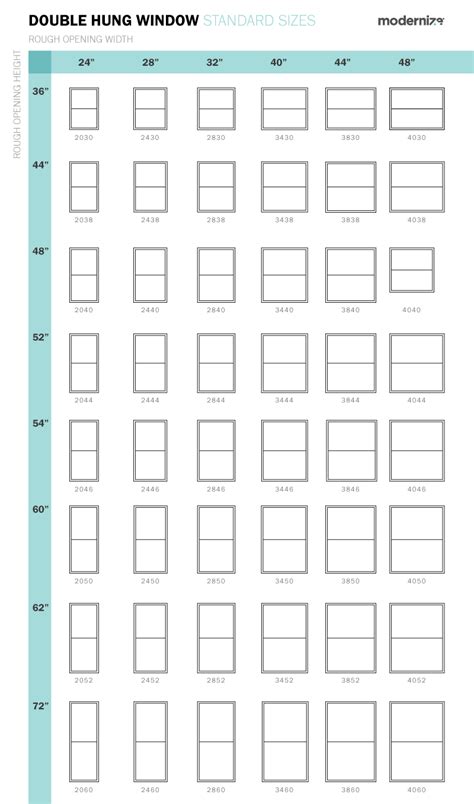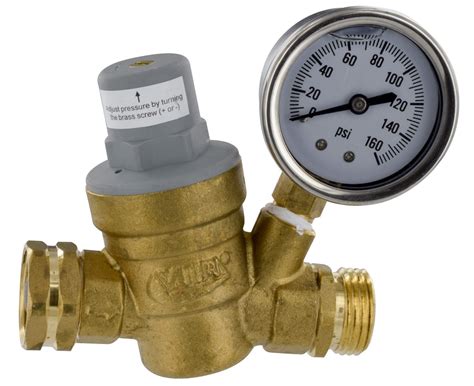
Water pressure is an essential factor in the functionality and longevity of your plumbing system. Excessive water pressure can cause damage to pipes, fixtures, and appliances, while low water pressure can affect the performance of your faucets and showers. To maintain optimal water pressure and protect your plumbing system, a water pressure regulator is a crucial component. In this comprehensive guide, we will explore what water pressure regulators are, how they work, their importance, common problems, and how to install and replace them.
What Is a Water Pressure Regulator?
A water pressure regulator, also known as a pressure reducing valve (PRV), is a plumbing device that controls and regulates the water pressure coming into your home or building from the main water supply. It ensures that the water pressure remains within a safe and acceptable range, preventing damage to your plumbing system and maintaining consistent water flow throughout your home.
What Is Normal for Water Pressure?
Normal water pressure for residential properties typically ranges between 40 and 60 pounds per square inch (psi). However, the ideal water pressure can vary depending on the specific needs and requirements of your plumbing system. It’s essential to check with your local water utility or consult a professional plumber to determine the appropriate water pressure range for your area.
How Does a Water Pressure Regulator Work?
A water pressure regulator works by reducing the incoming water pressure from the main supply line to a predetermined and adjustable pressure level. It is typically installed near the main water supply entry point of your home and consists of a diaphragm, springs, and an adjustment screw. When the water pressure exceeds the set limit, the diaphragm and springs inside the regulator engage to reduce the pressure and maintain it at the desired level.
Do I Need a Water Pressure Regulator?
Whether you need a water pressure regulator depends on the water pressure in your area and the specific requirements of your plumbing system. Here are some signs that indicate you may need a water pressure regulator:
- Frequent leaks or pipe bursts
- Noisy pipes
- Fluctuating water pressure
- Excessive wear on plumbing fixtures
- Malfunctioning appliances
If you experience any of these issues, it’s recommended to have a professional plumber assess your water pressure and determine if a regulator is necessary.
Do I Have a Water Pressure Regulator?
If your home was built recently or has undergone plumbing system upgrades, there is a high likelihood that it already has a water pressure regulator installed. However, older homes or those with outdated plumbing systems may not have a regulator. To find out if you have a water pressure regulator, look for a bell-shaped device near the main water supply entry point or consult a professional plumber for an inspection.
How Long Do Water Pressure Regulators Last?
The lifespan of a water pressure regulator can vary depending on several factors, including the quality of the device, water quality, and maintenance. On average, a water pressure regulator can last anywhere from 10 to 20 years. However, regular inspections and maintenance are essential to ensure its proper functioning and longevity.
Common Water Pressure Regulator Problems
While water pressure regulators are designed to be reliable, they can experience issues over time. Some common problems with water pressure regulators include:
- Failed di
aphragm
- Internal blockages
- Corrosion
- Water leaks
- Inaccurate pressure readings
If you notice any of these problems or suspect a malfunctioning water pressure regulator, it’s crucial to have it inspected and repaired or replaced by a qualified plumber.
How to Replace a Water Pressure Regulator
If you need to replace a faulty or outdated water pressure regulator, it’s recommended to hire a professional plumber for the task. Replacing a water pressure regulator involves shutting off the water supply, disconnecting the old regulator, and installing the new one according to the manufacturer’s instructions. A plumber can ensure proper installation and make any necessary adjustments to achieve the desired water pressure.
How to Install a Water Pressure Regulator
If your home doesn’t have a water pressure regulator, or if you’re installing one for the first time, it’s advisable to hire a professional plumber. Proper installation of a water pressure regulator requires knowledge of plumbing systems and adherence to local building codes. A plumber can determine the optimal location for the regulator, make necessary connections, and ensure proper functioning.
How Much Do Water Pressure Regulators Cost?
The cost of a water pressure regulator can vary depending on factors such as brand, quality, and features. On average, a basic water pressure regulator can range from $50 to $150. Higher-end models with advanced features may cost more. It’s important to choose a reputable brand and consult with a professional plumber to select the right regulator for your specific needs.
Frequently Asked Questions (FAQ)
Q: Can I install a water pressure regulator myself?
A: While it’s possible to install a water pressure regulator as a DIY project, it is generally recommended to hire a professional plumber. Plumbing systems can be complex, and improper installation may lead to leaks, pressure issues, or other plumbing problems. A professional plumber can ensure a safe and effective installation.
Q: What should the water pressure be after installing a regulator?
A: The ideal water pressure after installing a regulator should be within the recommended range for your specific plumbing system, typically between 40 and 60 psi. A professional plumber can adjust the regulator to achieve the desired pressure level.
Q: Can a water pressure regulator increase water pressure?
A: No, a water pressure regulator is designed to reduce or regulate the water pressure, not increase it. Its purpose is to maintain a consistent and safe pressure level throughout your plumbing system.
Conclusion
Water pressure regulators play a vital role in maintaining the integrity and efficiency of your plumbing system. By controlling and reducing the incoming water pressure, they prevent damage to pipes, fixtures, and appliances, ensuring a consistent water flow. If you’re experiencing issues with water pressure or want to protect your plumbing system, consult with a professional plumber to determine if a water pressure regulator is necessary. Proper installation, maintenance, and periodic inspections will help you enjoy optimal water pressure and prolong the lifespan of your plumbing system.


